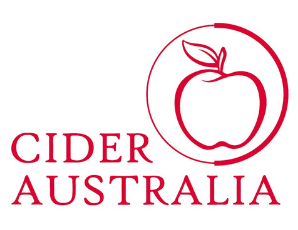Our agenda
Taxation
Improve responsible drinking outcomes by taxing lower alcohol flavoured ciders under WET
Cider is a fruit wine with many similarities to grape wine including its diversity in styles as well as its contribution to regional employment and economic activity. For this reason, cider is generally taxed under the same system as grape wine, the Wine Equalisation Tax (WET).
There is an anomaly in the WET rules that encourages the production of flavoured ciders with an undesirably high alcohol content. Specifically, where a cider is flavoured with fruits other than apple or pear, or any vegetables, spices or herbs, it is defined as a ‘fruit or vegetable wine’ and must contain a minimum alcohol content of 8% before WET applies. Flavoured ciders that contain less than 8% ABV are excisable and attract not only a higher rate of tax, but require the producer to navigate the complexities of a second tax regime. As a result, there are a large number of high alcohol flavoured ciders in the market.
Flavoured ciders are a significant and rapidly growing segment of the cider category in Australia, particularly amongst the younger demographic. Lowering the ABV threshold for WET-eligible flavoured ciders would allow producers to reduce the alcohol content of existing products with no impact on tax arrangements or tax revenue from those products. This is a simple yet effective way to improve responsible drinking outcomes.
Further details can be found in Cider Australia Advocacy Paper – Responsible Alcohol Content of Flavoured Ciders (March 2024).
Food standards code and labelling laws
Country of Origin Labelling
Cider is like wine and is made from fermented juice, in this case the juice of apples and pears. The origin of the juice in cider is an important consideration for many consumers, and Cider Australia believes that labels on cider should identify the country of origin of the juice.
The Federal Government introduced a new Country of Origin Labelling system in 2016. Cider, as an alcoholic beverage, is classed as a non-priority food under the new rules. Non-priority foods must include a country of origin claim on labels. As a ‘substantially transformed’ product, the country of origin statement for cider must relate to where the product was ‘made’ (fermented), rather than where the ingredients were ‘grown’. As a result, cider labels do not need to identify the origin of the juice.
Definition of cider
Did you know there is no minimum juice content in products labelled as cider in Australia? This is is a stark contrast to the situation in other key cider producing countries such as the UK – which has a 35% minimum juice requirement, and the United States – where cider must contain at least 50% juice.
Cider Australia advocates for reform of the definition of cider and perry in the Australia New Zealand Food Standards Code to ensure what is stated on the label aligns with consumer expectations, and the product composition requirements in comparable international markets such as the UK and United States.
Cider Australia believes that a product should not be labelled as cider or perry if it contains:
- less than 50% by weight of apple and/or pear juice, and/or
- alcohol specifically to increase ABV (to ensure RTD-style beverages are not called cider)

